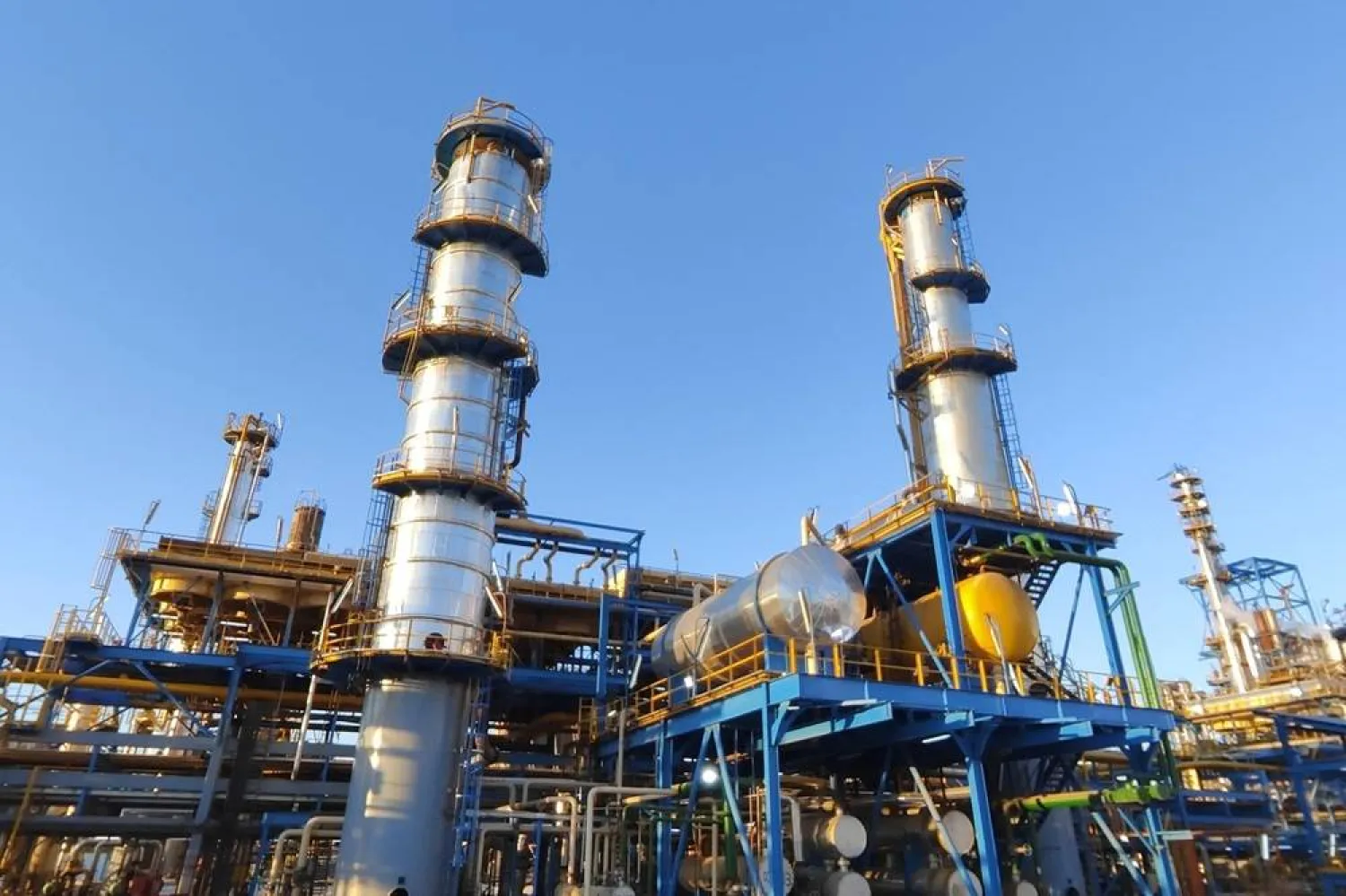Dutch and British wholesale gas prices soared on Monday morning, reversing most of a downward trend seen the previous week, after Russian gas deliveries to Germany via the Nord Stream 1 were suspended indefinitely over the weekend.
The British contract for day-ahead delivery sky-rocketed 200 pence, or 133% to 350 pence per therm by 0929 GMT, and the within-day contract gained 50 pence to 350 p/therm.
On the continent, the Dutch TTF day-ahead gas contract was up 54.52 euros, or 29% at 245 euros per megawatt hour (MWh).
Further out, Dutch gas for October, the European benchmark contract, gained 59 euros to 268 euros/MWh.
The British October contract was up 146 pence at 546 p/therm.
Prices reacted to a post-market close announcement on Friday from Russia's Gazprom that an oil leak in equipment of the Nord Stream 1 pipeline, which runs under the Baltic Sea to Germany, meant it would stay shut beyond last week's three-day maintenance shutdown.
"Our TTF day-ahead price view today is for prices to pare last week's losses as Europe braces itself for no Russian gas for the foreseeable future and exacerbates fears of a winter supply crunch," Refinitiv analyst Wayne Bryan said in a morning report.
Fundamental drivers were taking a backseat, with Russian rhetoric not supporting a restart of flows via Nord Stream 1 anytime soon, he added.
The Kremlin has repeatedly blamed Western sanctions for the shutdown.
"The market should rise a lot Monday, but the question is for how much and how long, and to what extent the market had already priced this in," analysts at Energi Danmark said in a note.
Europe is losing close to 1 billion cubic meters of natural gas supply per month due to the loss of Nord Stream 1, Warren Patterson, head of commodities strategy at ING said.
The latest move also increased nervousness about flows via Ukraine as well as the TurkStream pipeline, going forward, he added.
"What is clear is that the more Russia reduces gas flows to Europe, the less leverage they have over Europe," Patterson said.
Analysts at Sweden's SEB bank said they maintained a Russian gas flow scenario of 10-20% of normal capacity during the winter.
"This would partly maximize Russian geo- and energy security political pressure on the EU, and partly provide Moscow with valuable income," they added.
Anticipating rising market volatility, Finland and Sweden reacted immediately over the weekend by promising liquidity guarantees to energy companies.
European gas storages were 81.55% full as of Sept. 3, according to Gas Infrastructure Europe data.
In the European carbon market, the benchmark contract was down 3.49 euros at 74.40 euros a ton.









